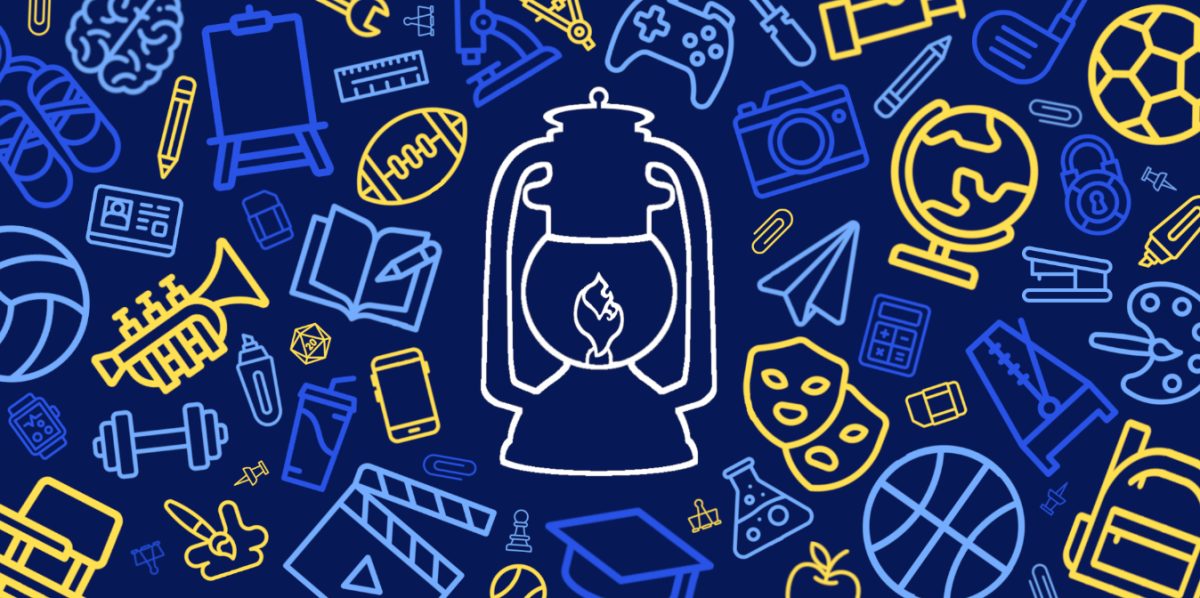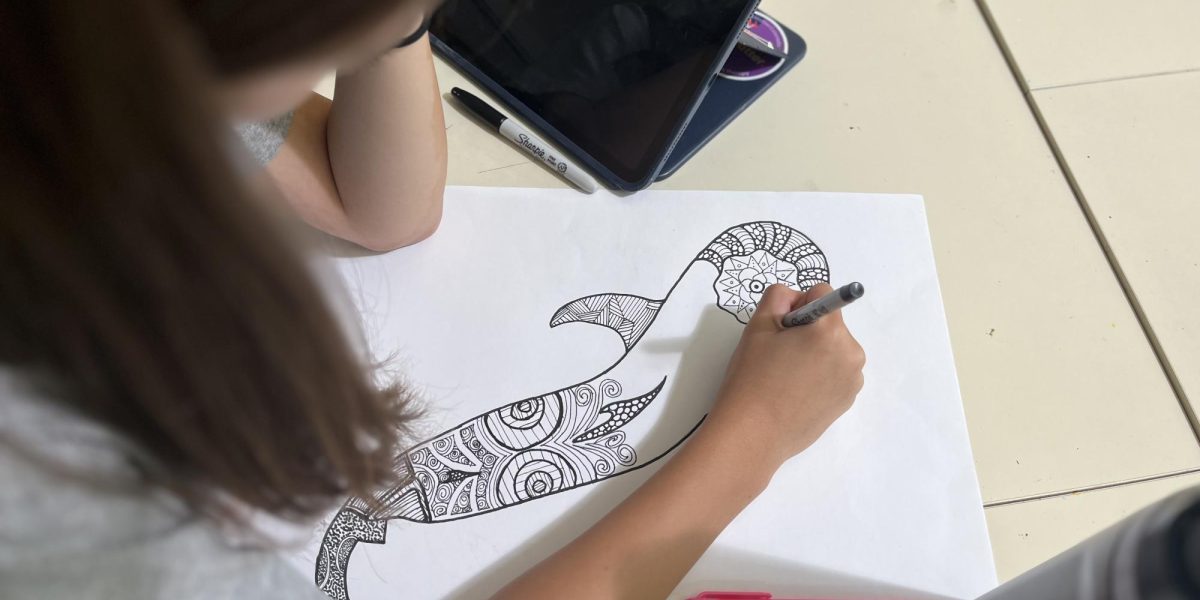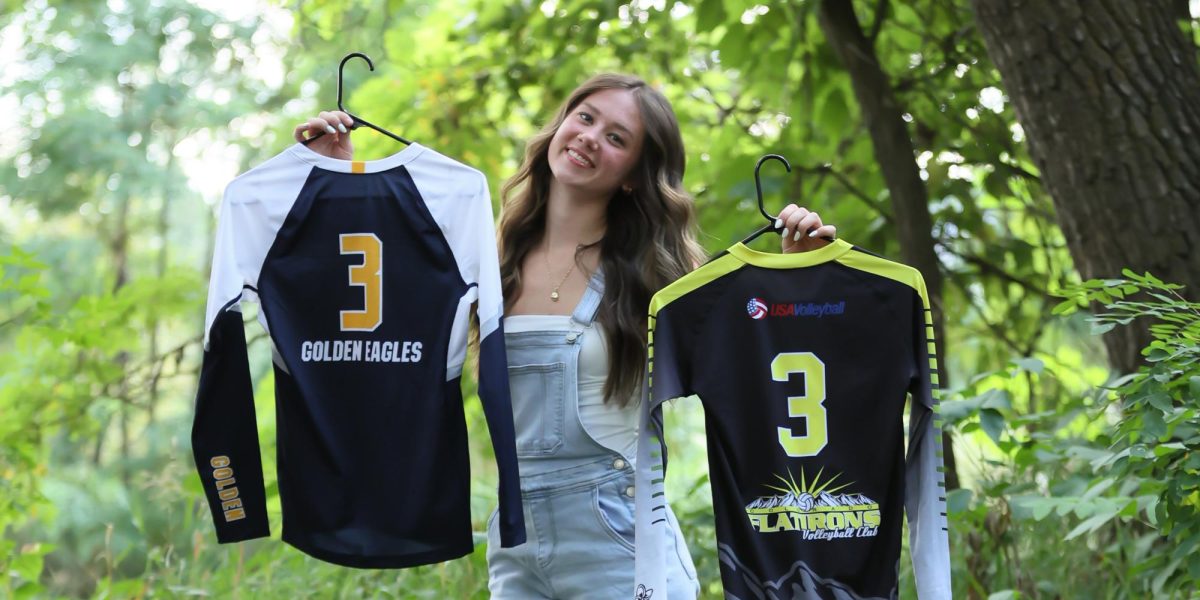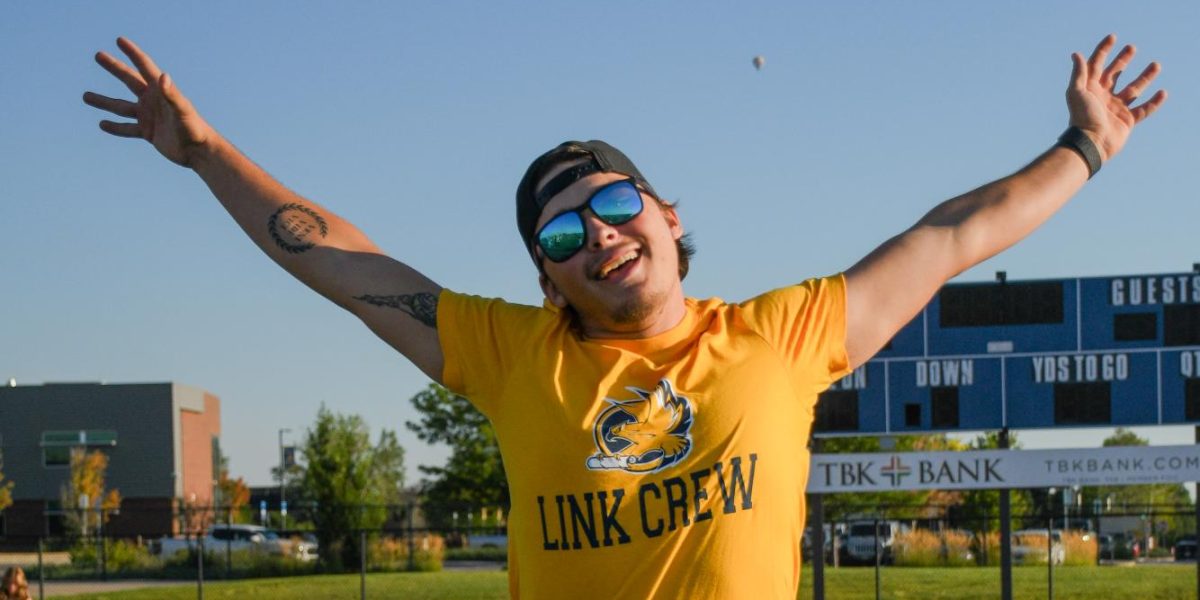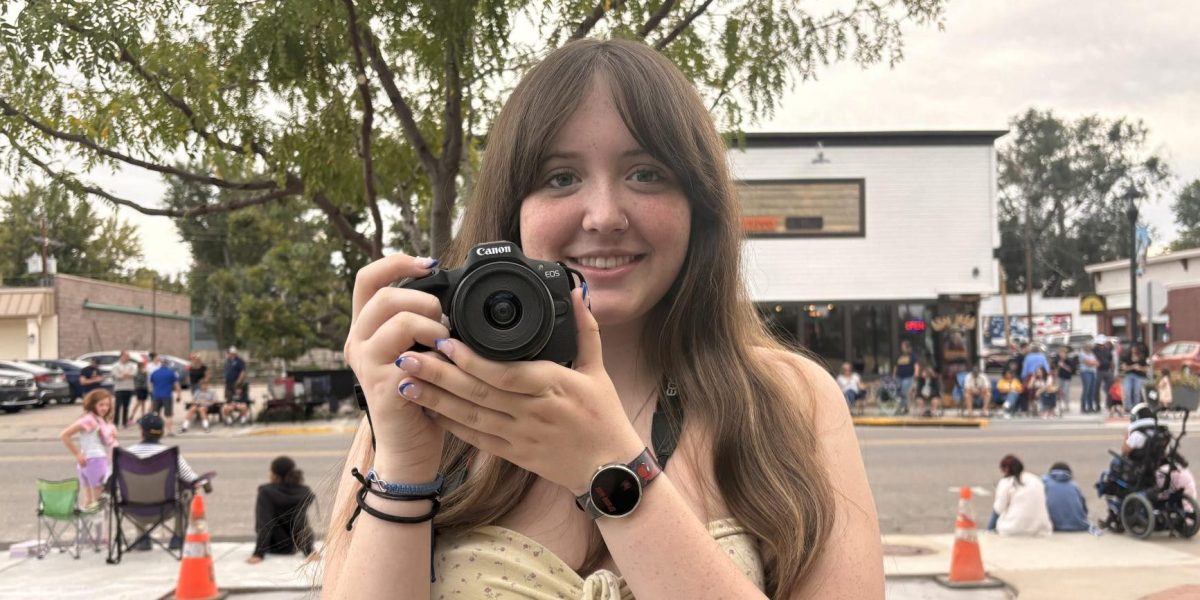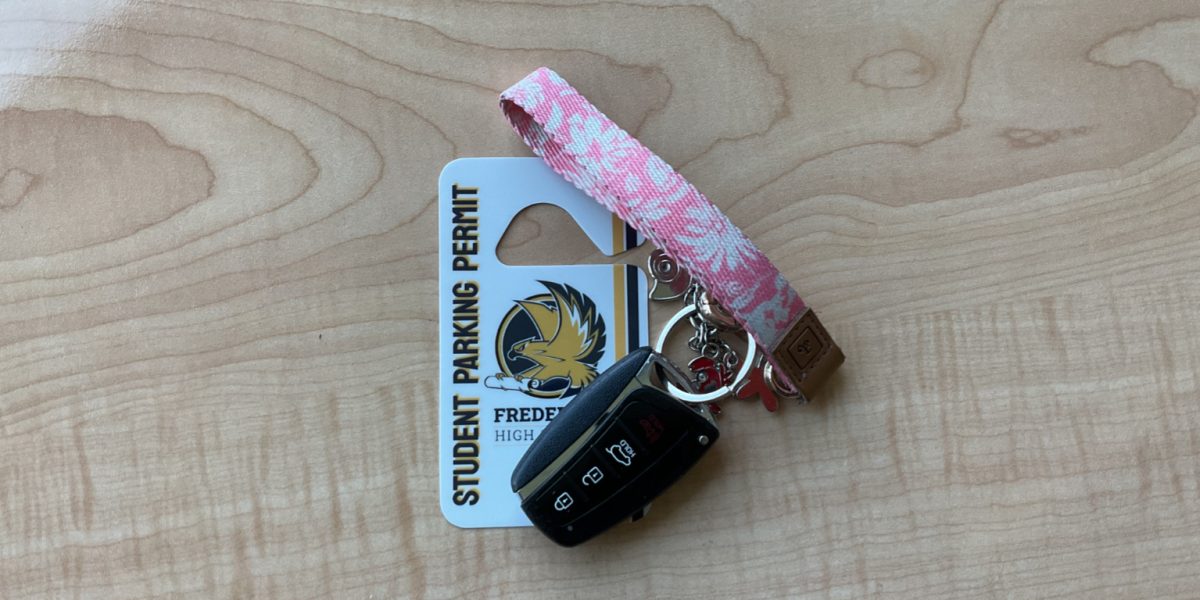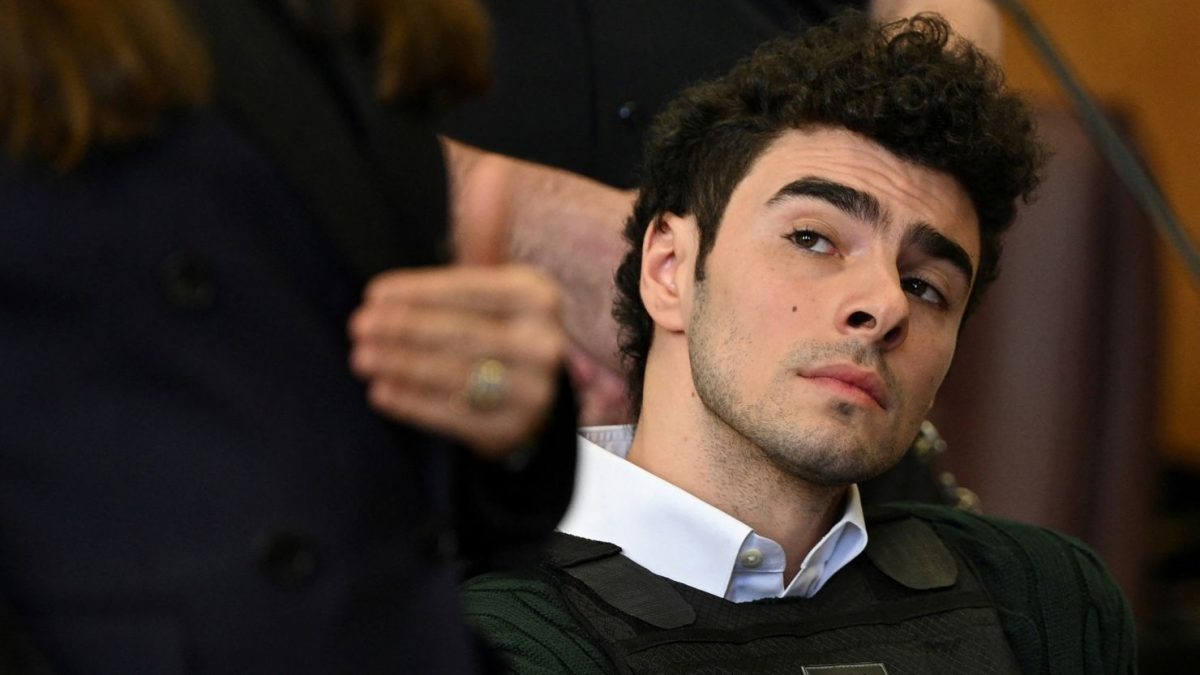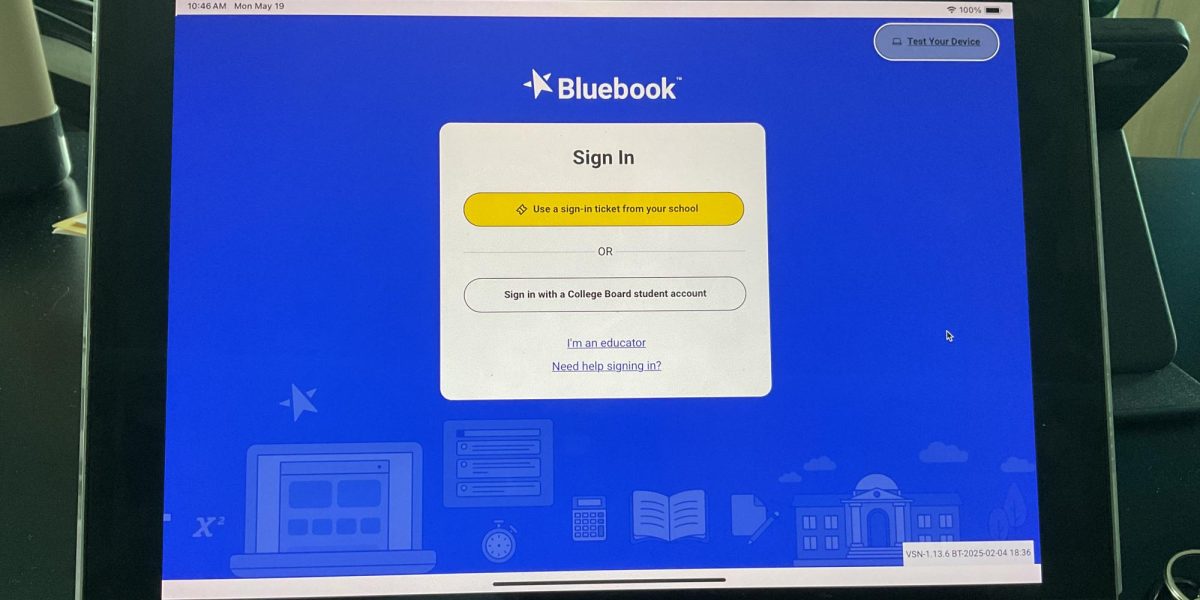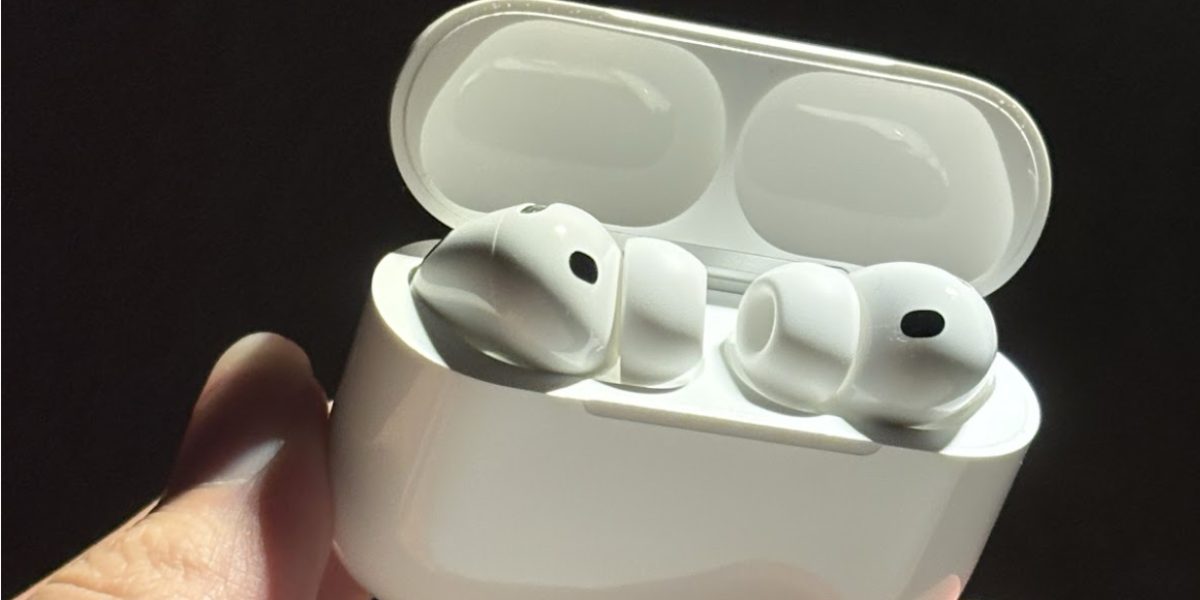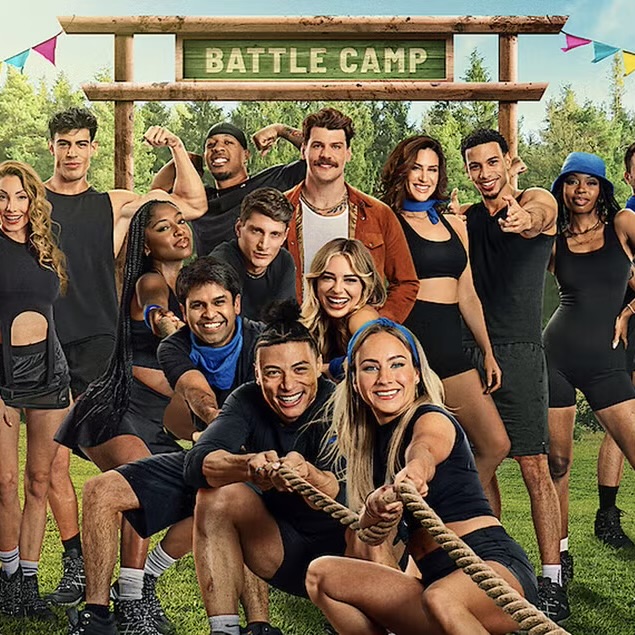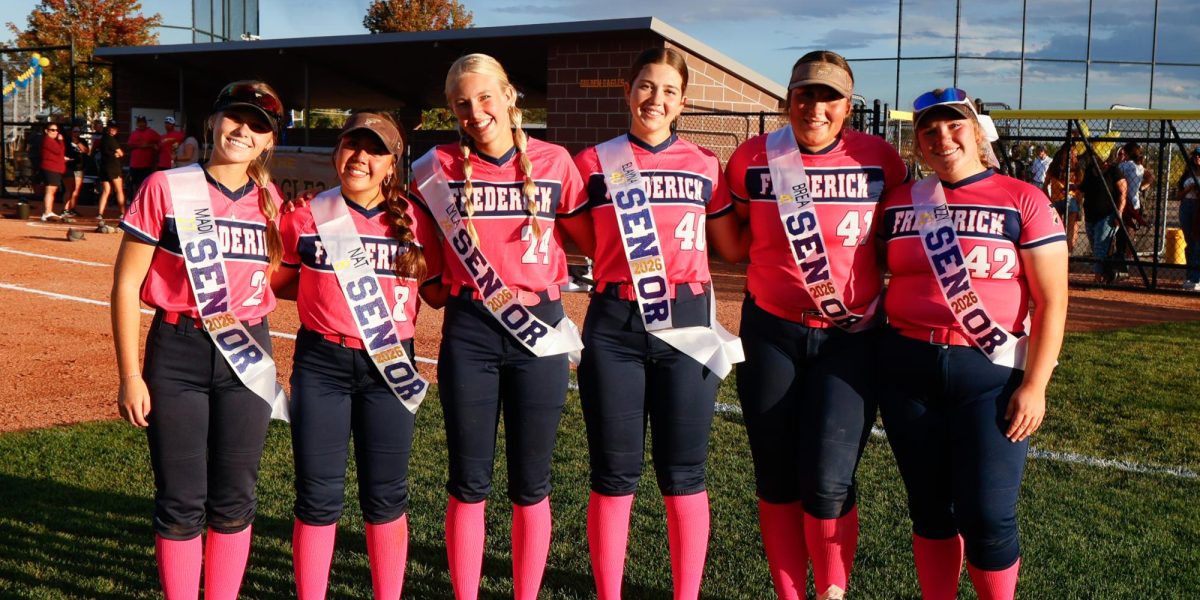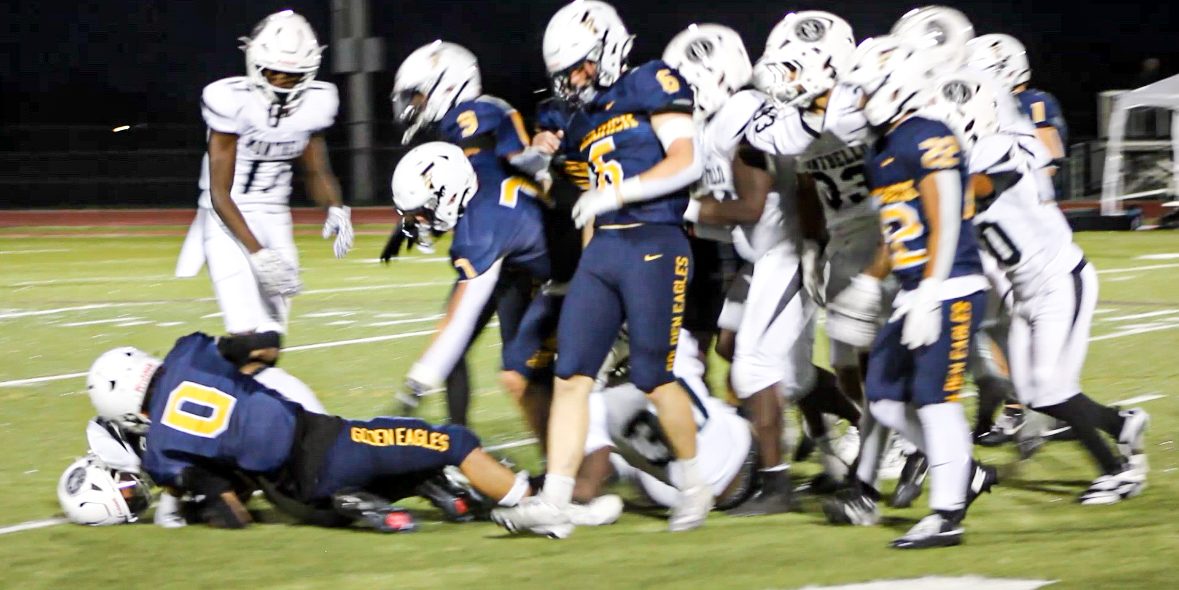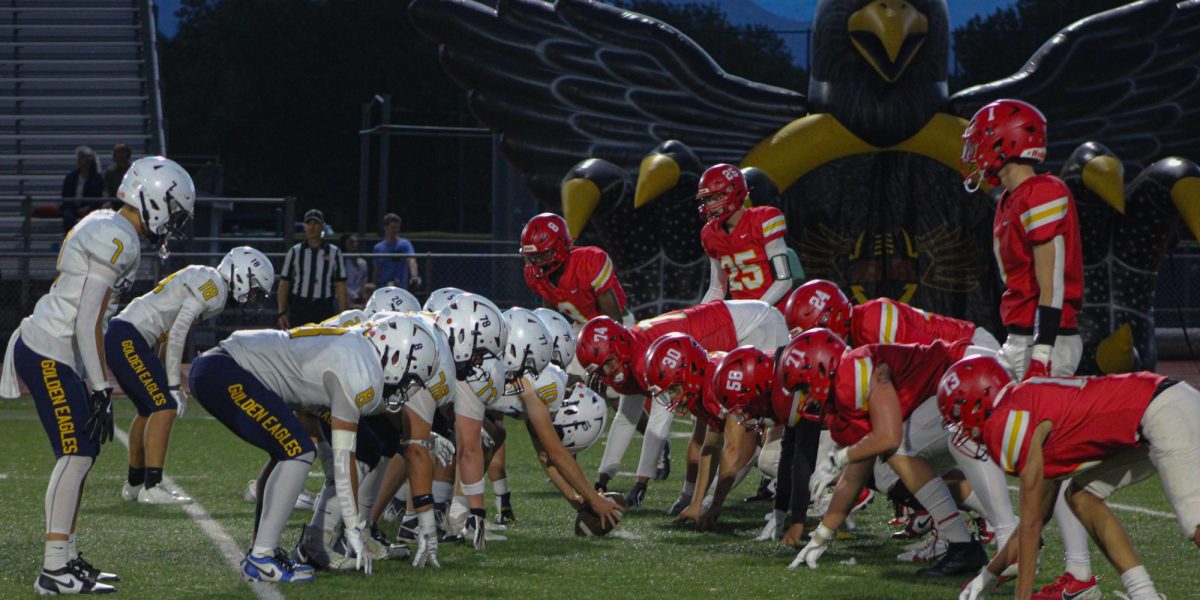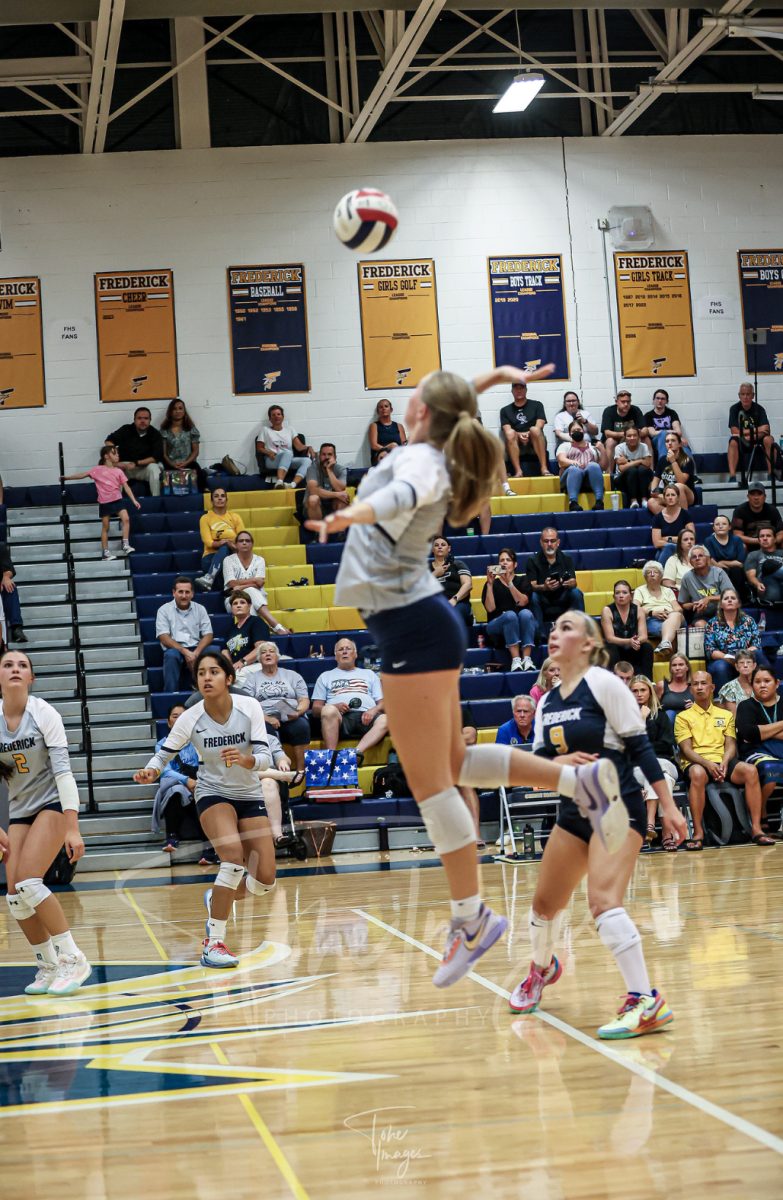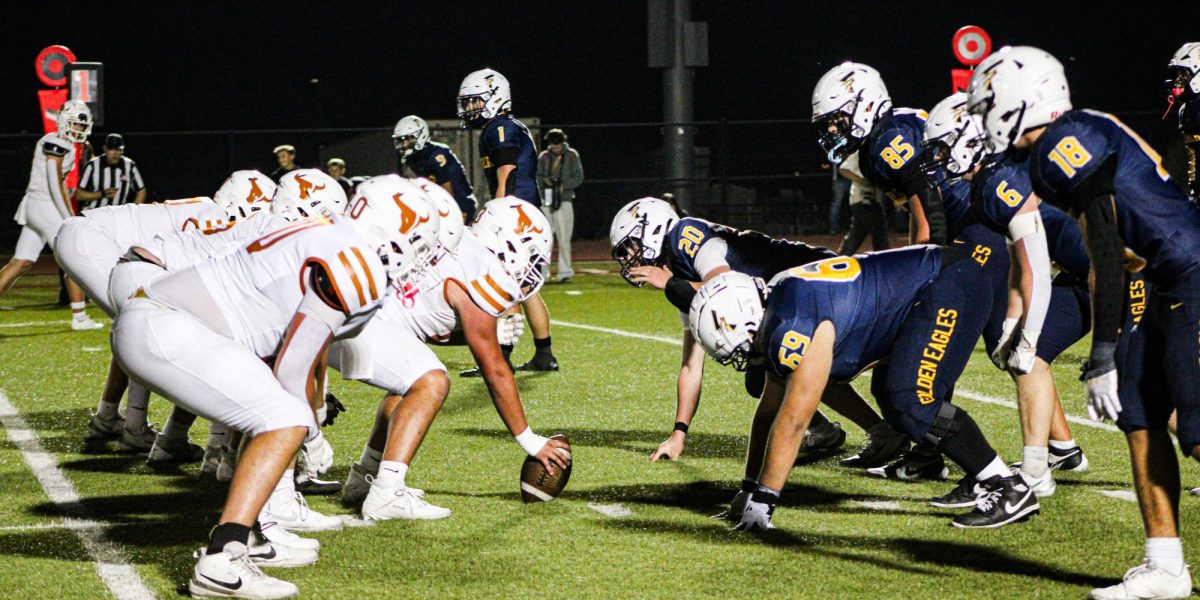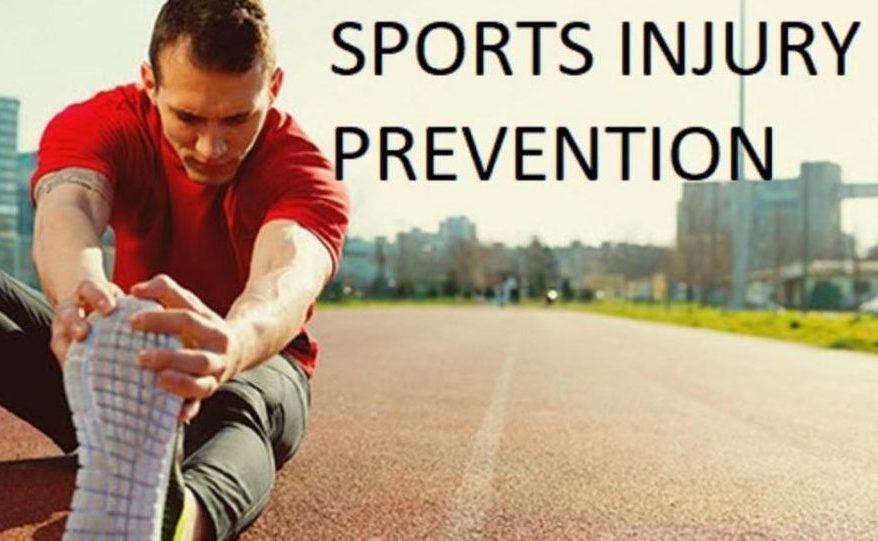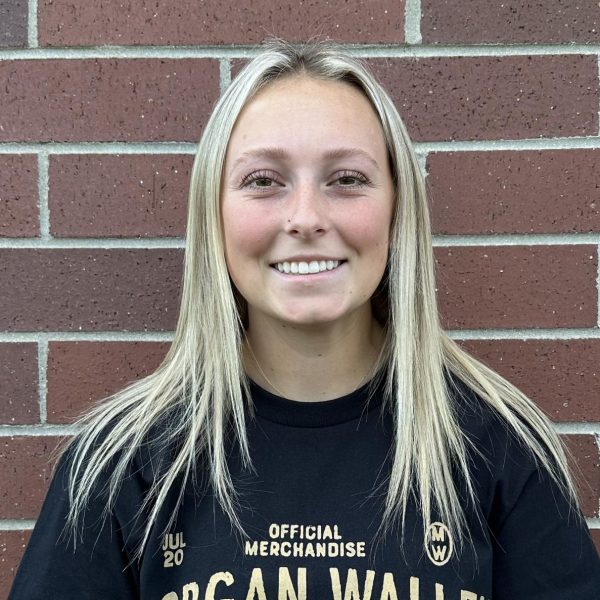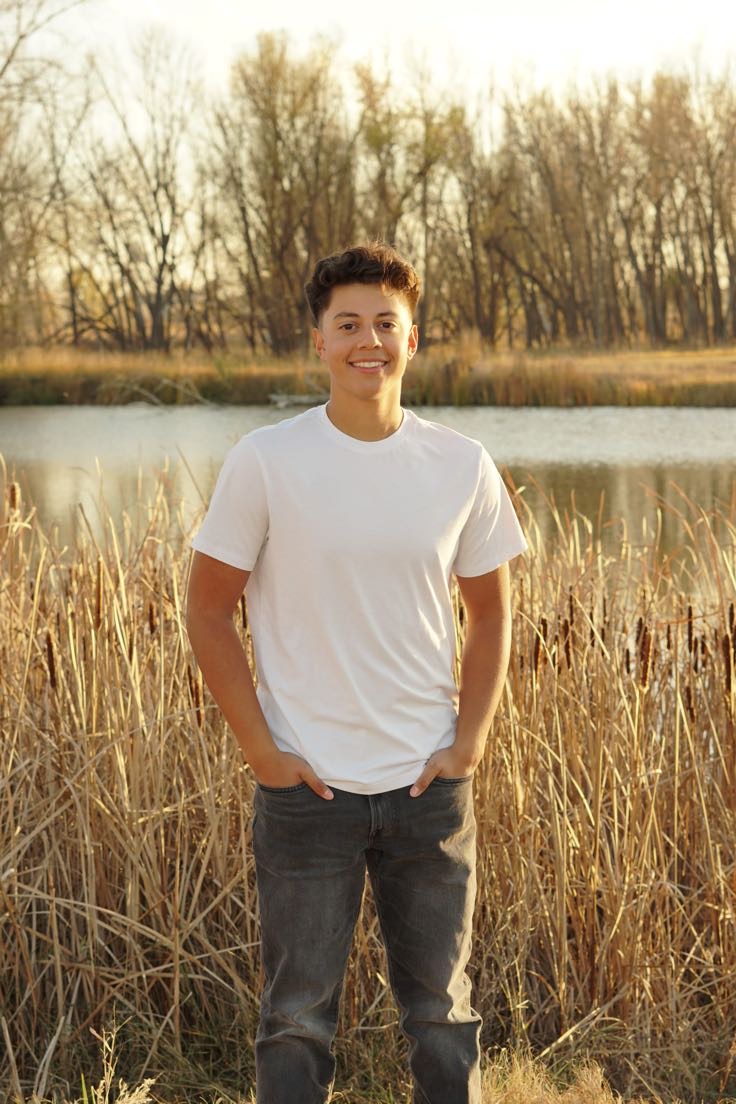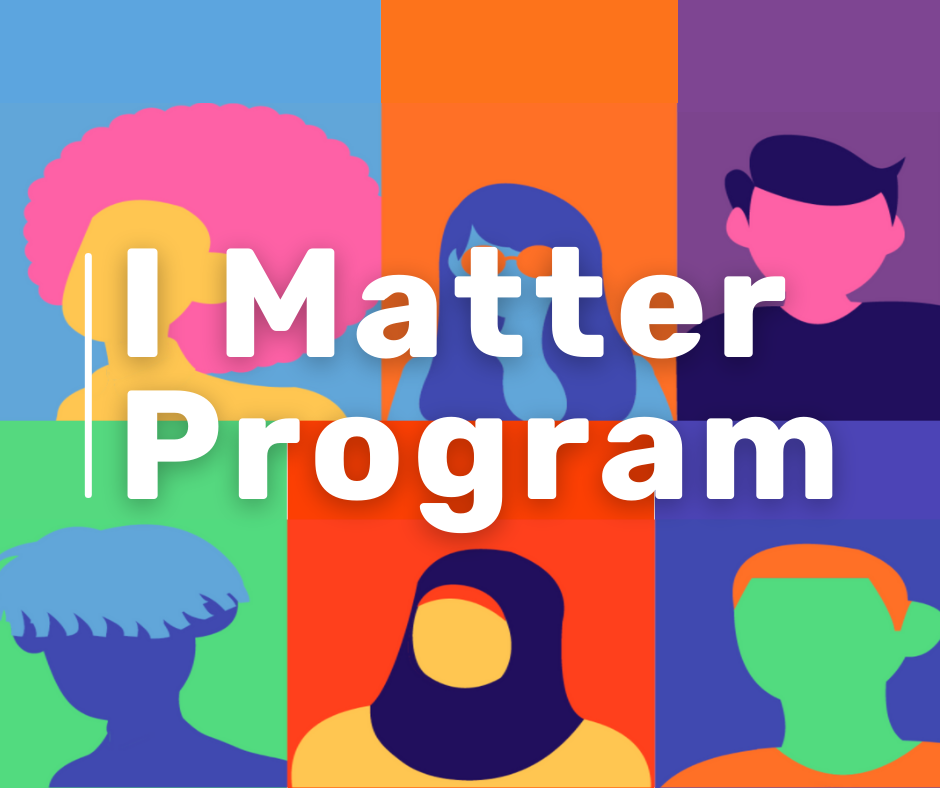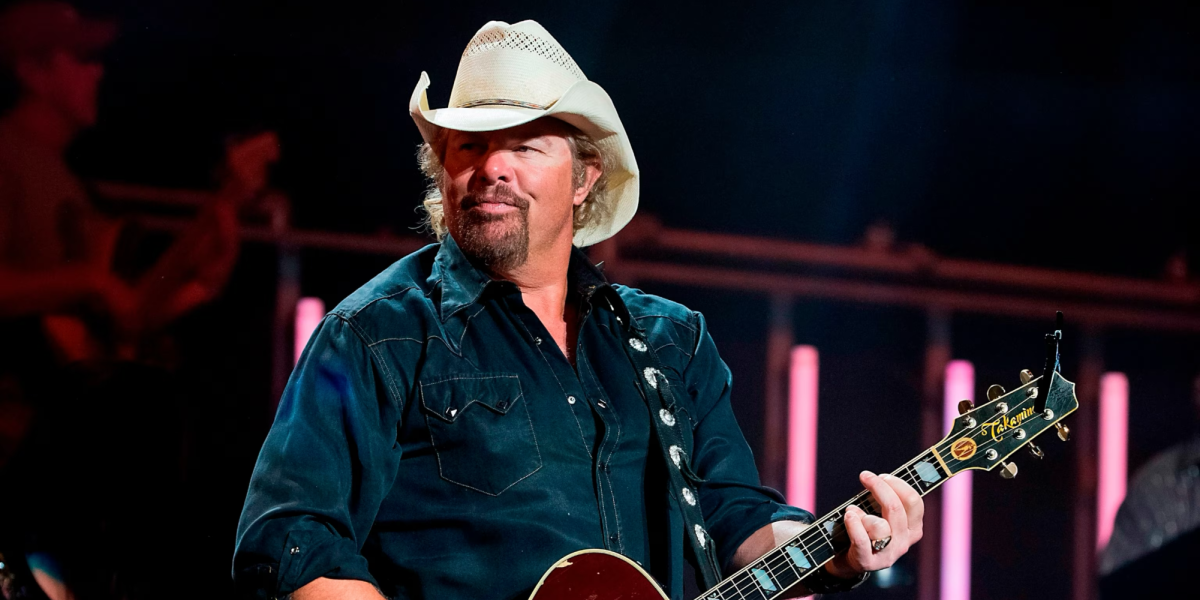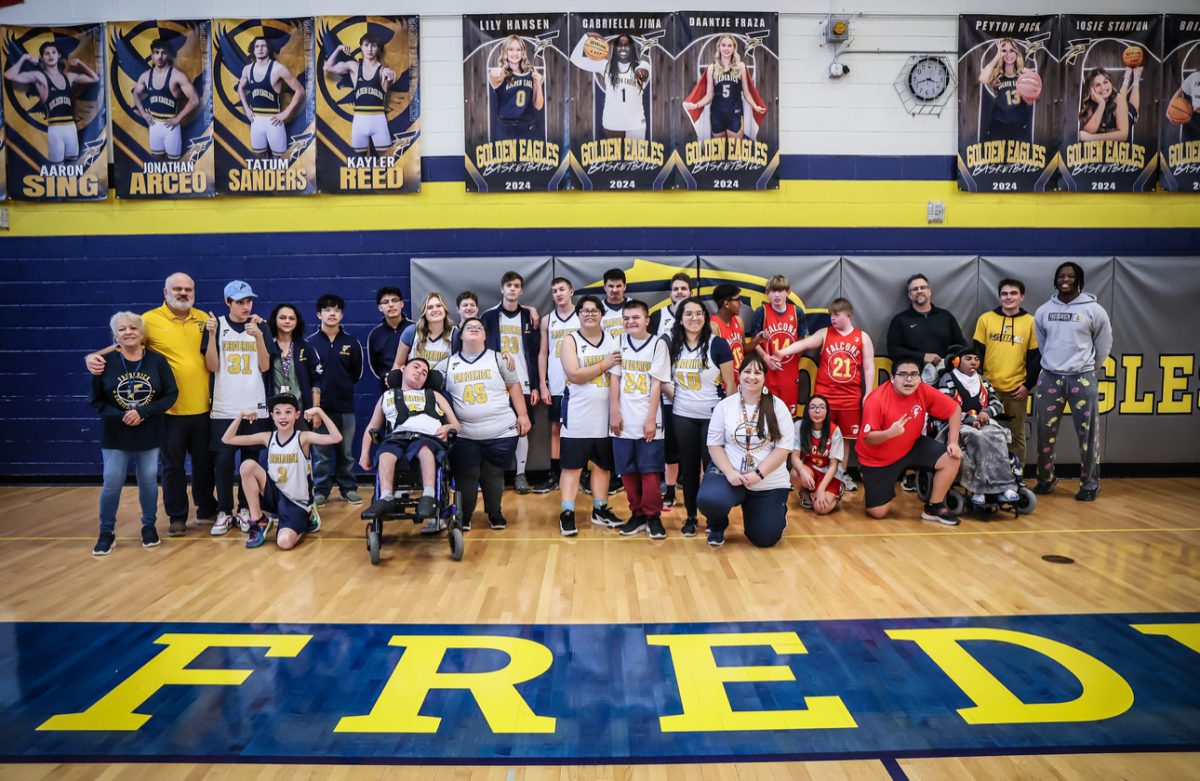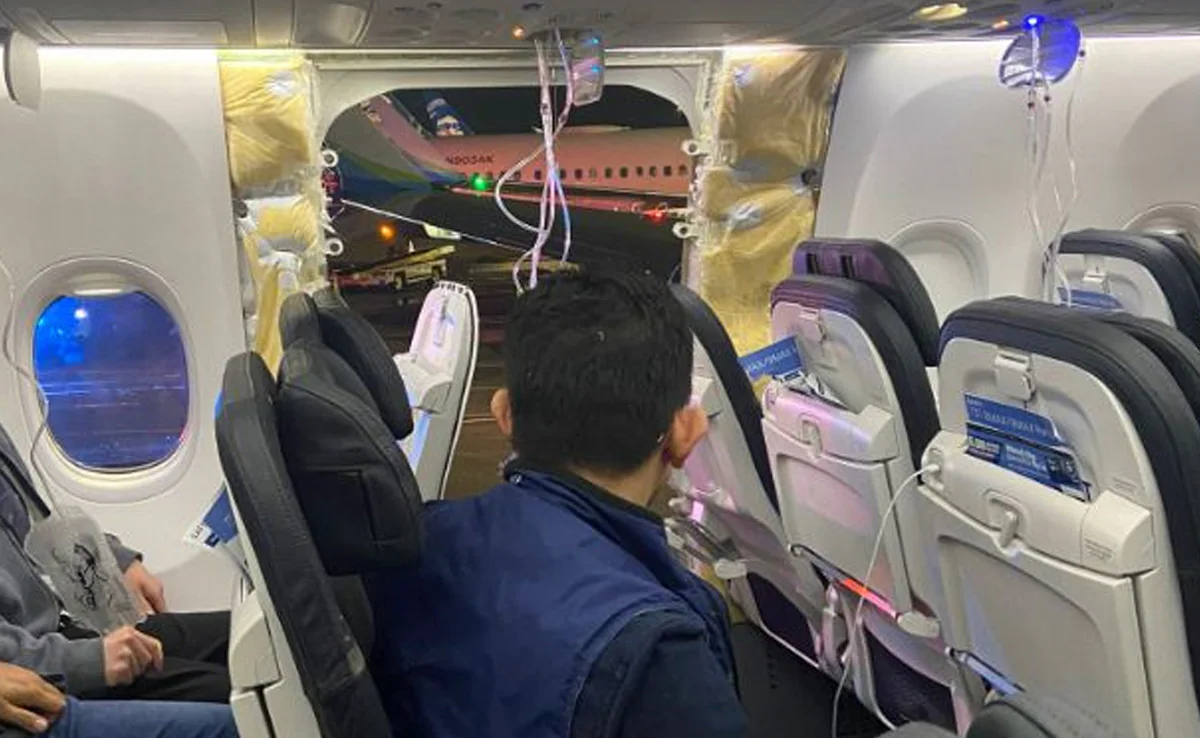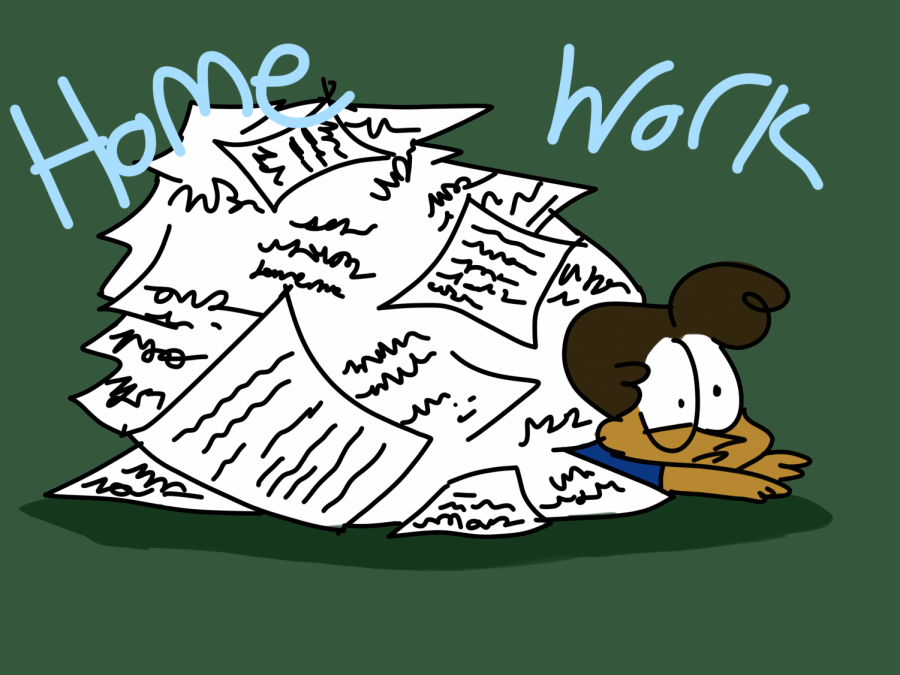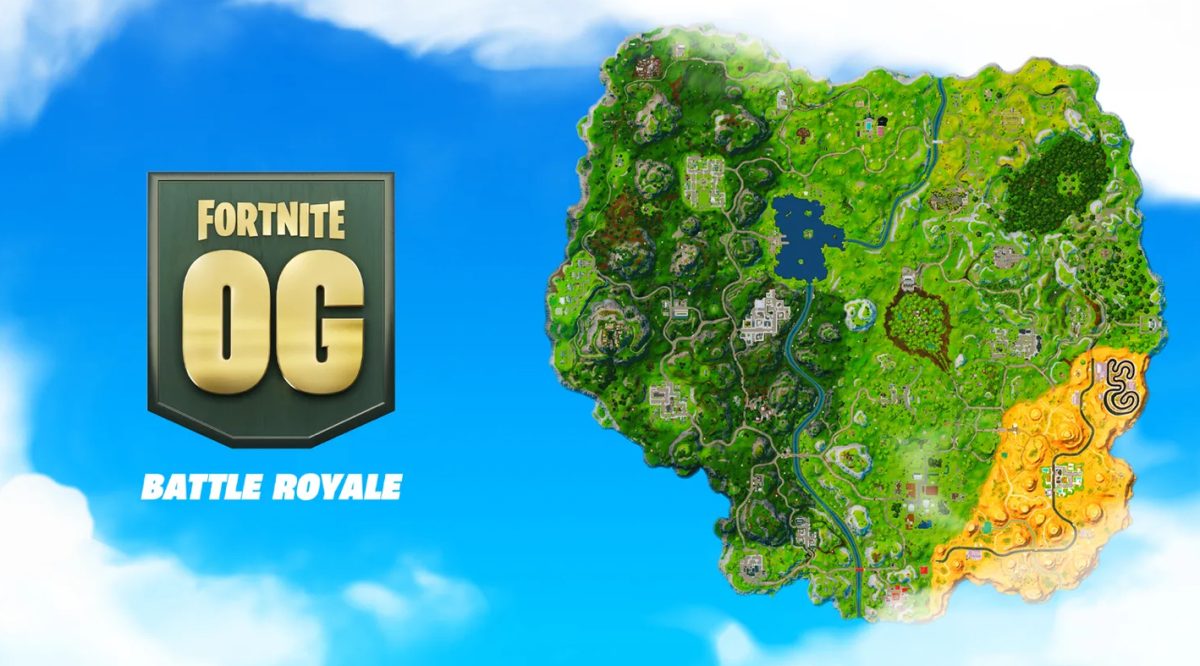Picture a football player charging down the field with his eyes locked on the end zone, thinking he’s going to score a touchdown this game. In the next play, he intercepts a pass. The crowd roars, and he completely changes the game. All of a sudden, he gets tackled, but he luckily makes the interception. The crowd is on its feet. But he’s not. The star player is lying on the ground in pain. Imagine the pain he feels or the deepening sick feeling his parents get.
This is the world of high school sports injuries.
Maintaining performance as an athlete is important, and an often ignored facet of this is injury prevention. Injury prevention should be an important part of training for every physical activity and sport. It not only helps student-athletes achieve their training goals but also keeps them healthy and safe outside of athletics as well. Injuries can significantly hamper an athlete’s ability to perform at their best, and even minor injuries can disrupt training and competition. As team dynamics are very important in team sports, one athlete’s injury can affect the entire team’s performance. Preventing injuries helps maintain team cohesion and competitiveness.
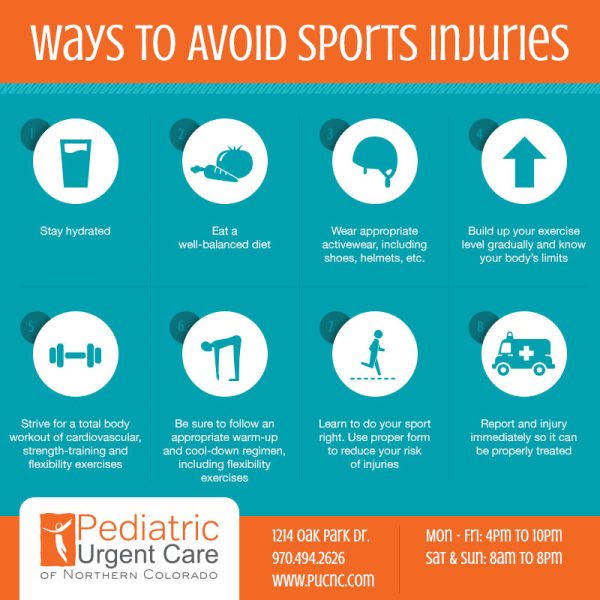
“I’ve been injured for the past three years straight, and after re-injuring myself over and over again, it had a big impact on myself and my team,” Makenzie Sais, a competitive softball player, said. “Sitting on the sidelines and watching my team play was so hard. All I wanted to do was go out there and help my team win. I felt like I let my team down, I felt like I let my coach down, and I felt like I let myself down.”
Successfully preventing injuries can extend an athlete’s career as far as it can go. By contrast, frequent injuries can lead to early retirement due to chronic pain, decreased physical capabilities, or even multiple surgeries. Luke Kuechly played football for the Carolina Panthers for eight years and was a seven-time Pro Bowl member and five-time First-Team All-Pro, yet he had to retire at age 28 because he often battled multiple injuries, including numerous concussions.
In his retirement announcement, Kuechly hinted at injuries taking their toll, saying, “I still want to play, but I don’t think it’s the right decision. Unfortunately, Kuechly didn’t get to pursue his dreams for as long as he originally thought.
Injuries can have long-term health consequences for teens as well as professionals. Ally Garcia is a current senior at Horizon High School. She played for the competitive Rapids 06G Select Soccer Team when her life changed sophomore year. Ally struggled with three concussions at the beginning of the 2022 season. During the first scrimmage in August, Ally should have been benched — since she hadn’t fully recovered from her concussions, she technically shouldn’t have been playing. However, Ally felt fine and, ignoring her injury, took to the field.
During the game, Ally got shoved and fell to the ground. There was no serious tackle, no crazy trip, no hitting her head on the ground—nothing more than her head jerking back slightly. However, the impact was coupled with her previous unhealed damage and caused her to get another concussion instantly. When she didn’t get up, the whole team rushed to her instantly. As she tried to get to her feet, she stumbled badly and fell again. Her pupils were so small that they could barely be seen.
“That’s when I knew this wasn’t good,” Ally explained.
Her dad took her home instantly, and she rested for weeks but hardly seemed to get better. She would go for runs and start having seizures. Ally went to doctors and specialists for months, but still to this day has no cure for her condition. After one doctor’s visit, she was told she couldn’t play contact sports for months. She was devastated, as soccer was her life.
“It is so hard, at such a young age, to be told I can’t play the sport I’ve been playing my whole life,” Ally said. “It’s devastating. I’m hardly allowed to go on runs. Being around athletic friends is hard because all I want to do is be active and play sports, but I can’t. This changed my life forever.”
To stay involved with sports, Ally now manages the Horizon High School softball and football teams. For now, she has to live without playing herself for the rest of her life because she didn’t rest enough when injured.
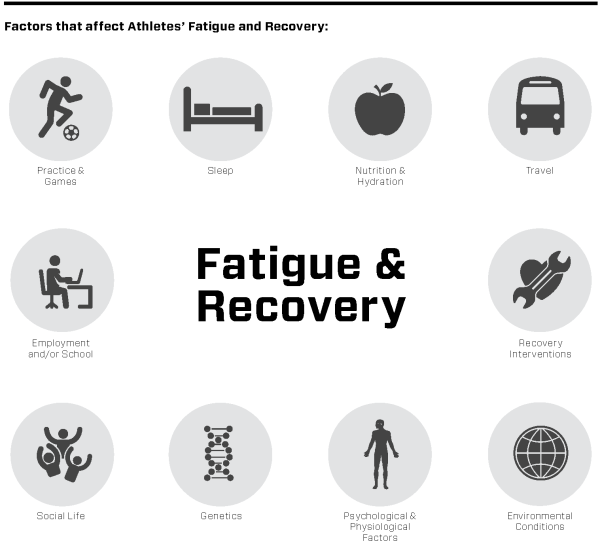
So how can a high school student-athlete avoid career-ending injuries?
Injury prevention is all about being proactive. Regular exercise, proper nutrition, and getting enough rest can keep your body strong and resilient. Wearing the right gear for different activities is also crucial. Helmets, pads, shin guards, sliding pads, etc., can make a huge difference. Warming up and stretching before any workout, practice, or game is so important. Cooling down after activities is just as important.
Nutrition is fuel for athletes. It provides the energy they need to perform at their best in games and practices. A balanced diet helps with muscle growth, recovery, and overall health, and staying hydrated helps maintain energy levels and aids in recovery. So, remember: eat well and drink plenty of water. Maintaining a balanced diet is important to support overall health and injury prevention.
Mental health is essential. Athletes are particularly susceptible to mental health challenges following injury. They can profoundly impact an athlete’s quality of life beyond physical functionality. It could place them at risk of developing mental health disorders such as anxiety, depression, and post-traumatic stress disorder. For example, athletes who sustain one or more severe joint injuries during their career are three to four times more likely to report distress than those who have not suffered from severe joint injuries.
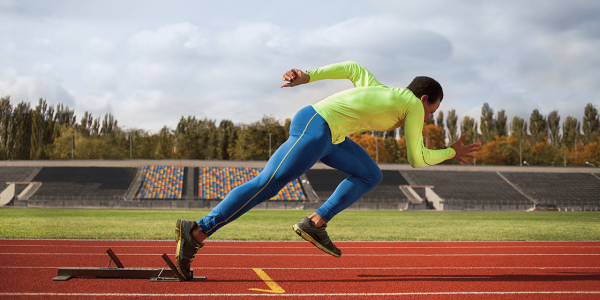
Listen to your body. If something feels off, take a break. Avoid pushing yourself too hard or too fast. Remember, it’s okay to ask for help when you need it. Paying attention to warning signs like pain, fatigue, or discomfort and not pushing through them, as they can indicate an impending injury.
Makenzie Sais attributes her current success and softball scholarship to Washburn University to not just her athletic abilities but to treating her injuries seriously. “Once I had gotten better, it felt so good to be able to be on the field again, but once I got hurt again, it was just the worst feeling. I then realized that it is so important to take care of my body to be healthy and overcome the injuries.”

